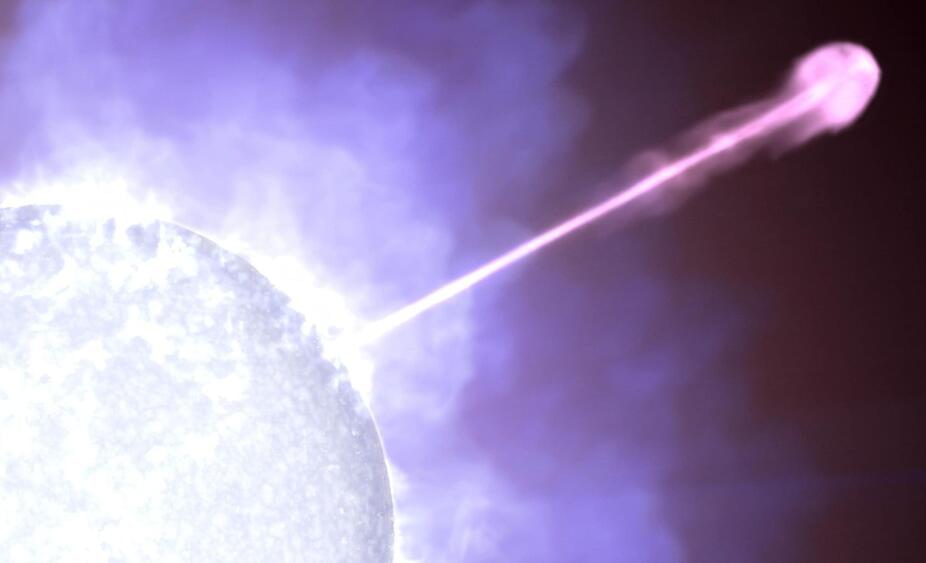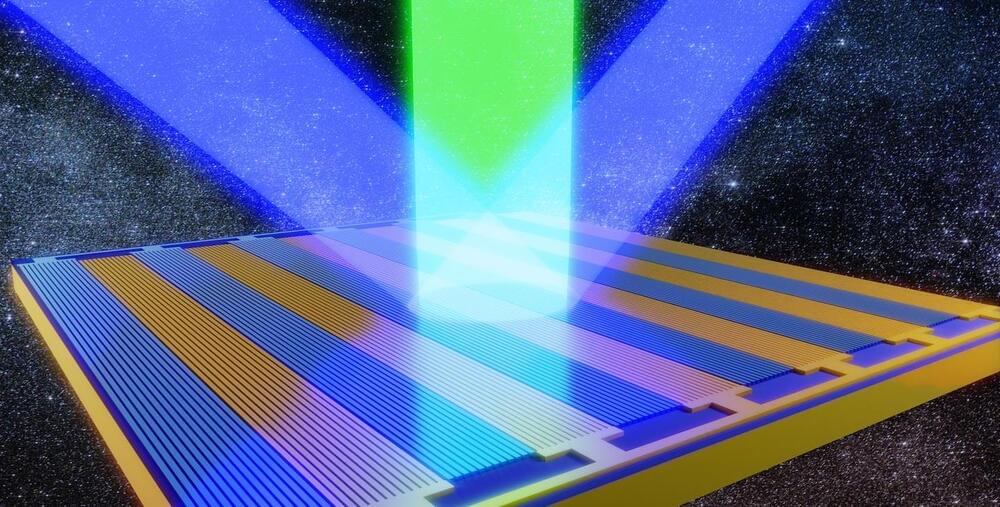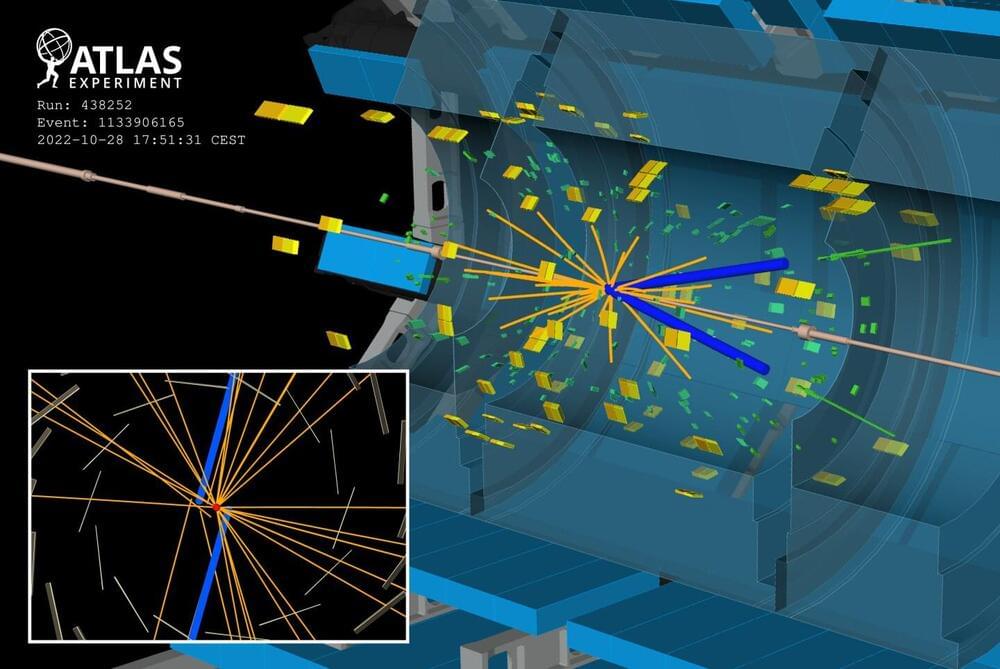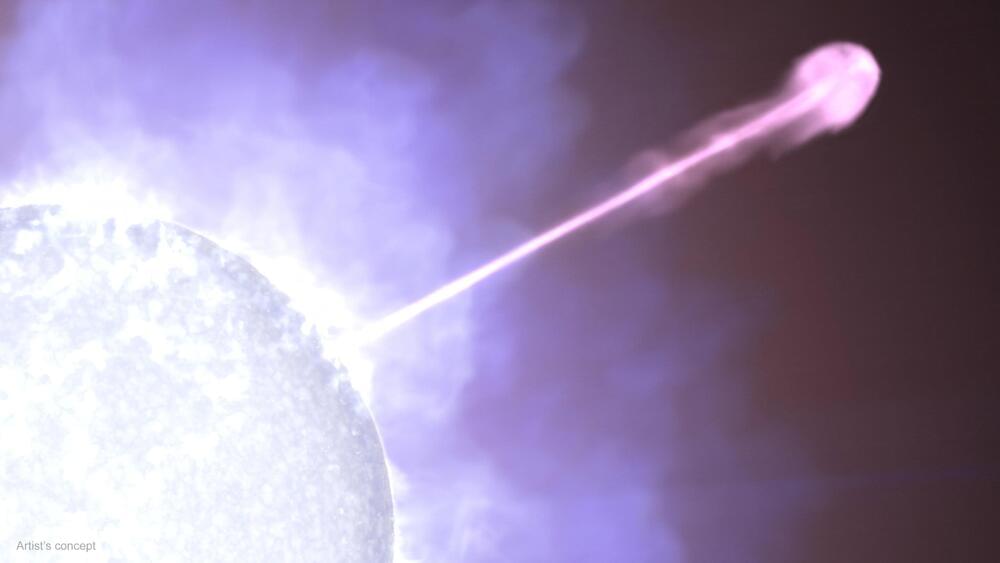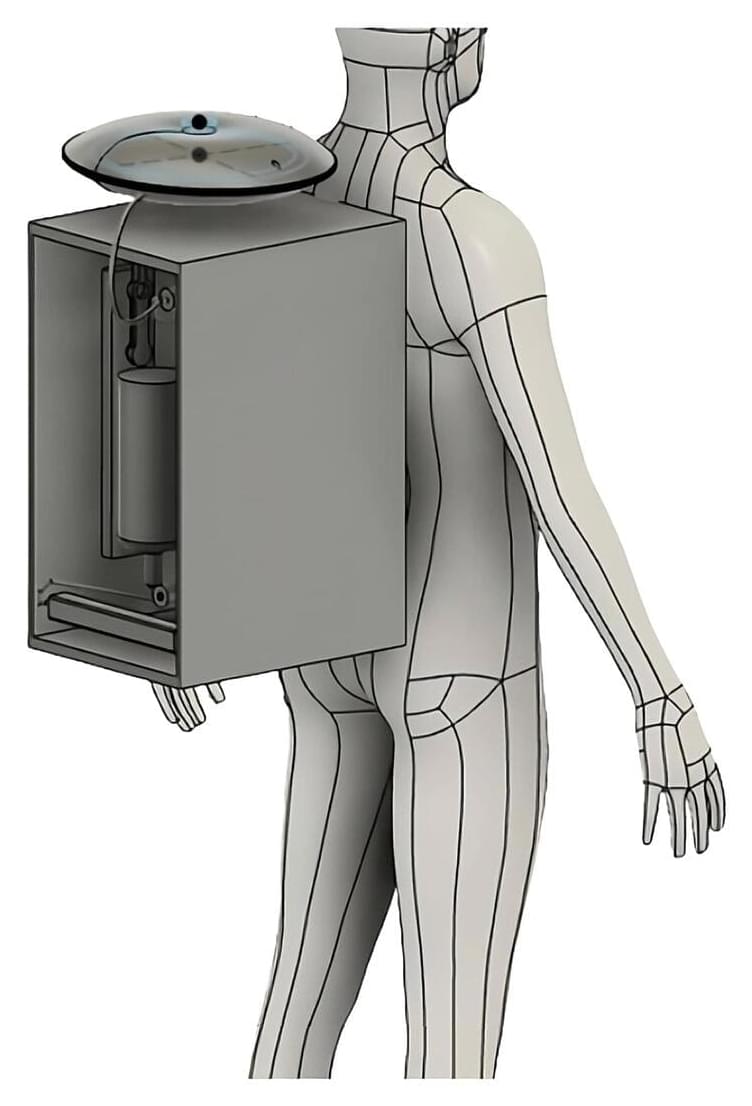Jul 28, 2024
A Flash Like No Other: NASA’s Fermi Detects Unique Energy Peak in Unprecedented Gamma-Ray Burst
Posted by Saúl Morales Rodriguéz in categories: energy, space
Utilizing data from NASA ’s Fermi Gamma-ray Space Telescope, researchers discovered a unique energy peak in the aftermath of the brightest Gamma-Ray burst ever seen, suggesting the annihilation of electrons and positrons. This finding provides new insights into the behavior of cosmic jets and the extreme conditions following such bursts.
In October 2022, astronomers were stunned by what was quickly dubbed the BOAT — the brightest-of-all-time gamma-ray burst (GRB). Now an international science team reports that data from NASA’s Fermi Gamma-ray Space Telescope reveals a feature never seen before.
